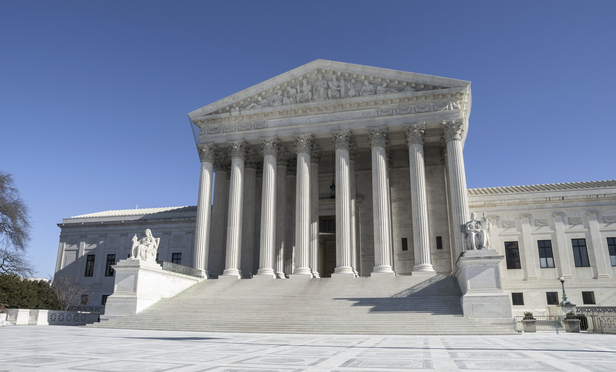Figuratively speaking, patent litigation requires a unique pair of glasses. Because patents are often granted years before being asserted in litigation, patent law requires that they be interpreted as understood by a hypothetical “person of ordinary skill” in the art to which the patent pertains at the time it was filed. This perspective is designed to avoid “hindsight bias”—the idea that most inventions do not seem inventive when viewed through the lens of a contemporary person of ordinary skill. Needless to say, patent law has many overlapping layers of legal and factual inquiries that ultimately determine which party will prevail.
Every patent appeal is heard before the U.S. Court of Appeals for the Federal Circuit. Over time, the Federal Circuit has established standards of review for the many doctrines of patent law. Per the Federal Rules of Appellate Procedure, pure factual issues are reviewed for clear error, matters of law are reviewed without deference to the lower courts and matters of discretion are reviewed for an abuse of discretion. However, the Federal Circuit also has to determine standards of review for complex patent law doctrines that require legal conclusions with, at times, underlying factual inquiries.






